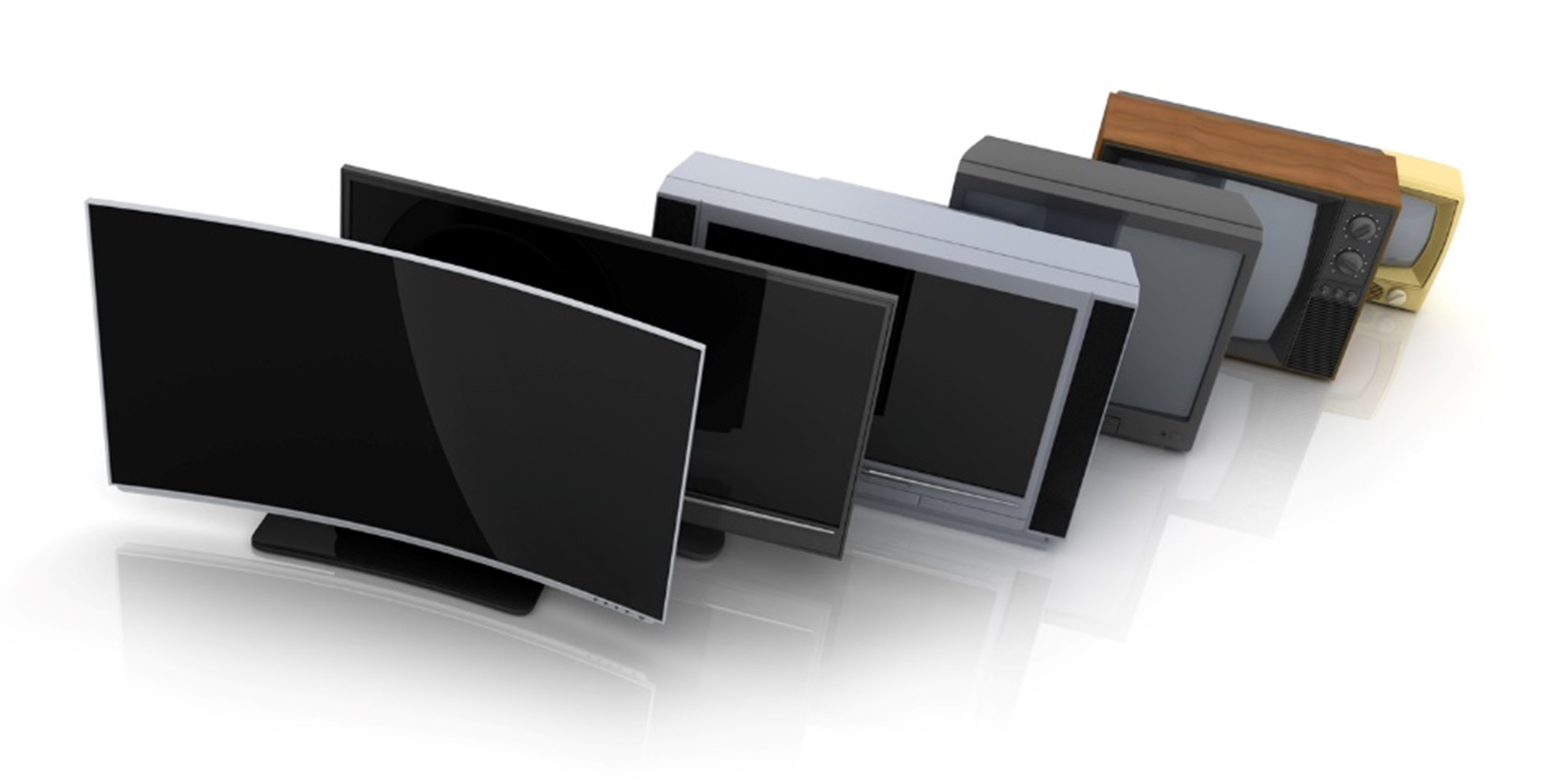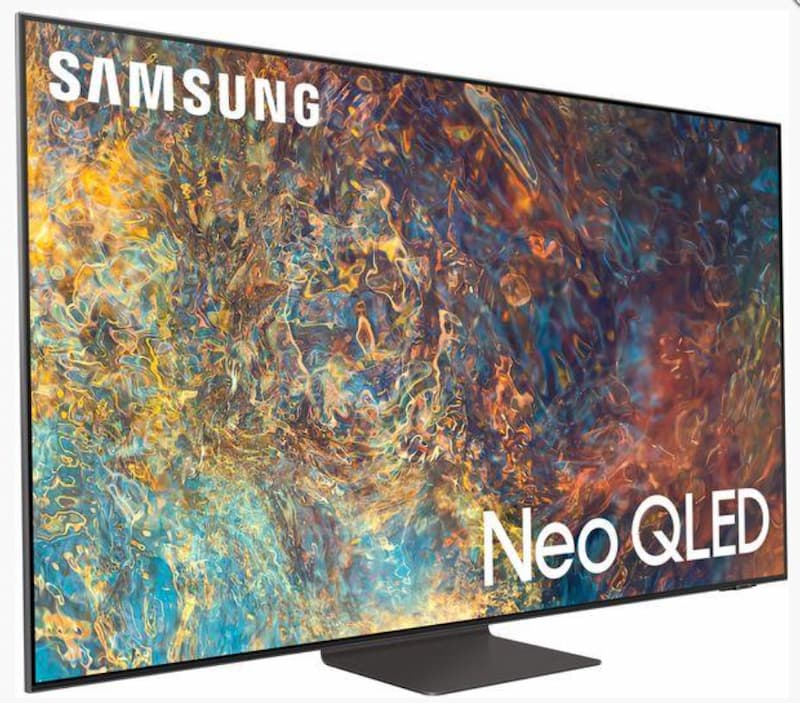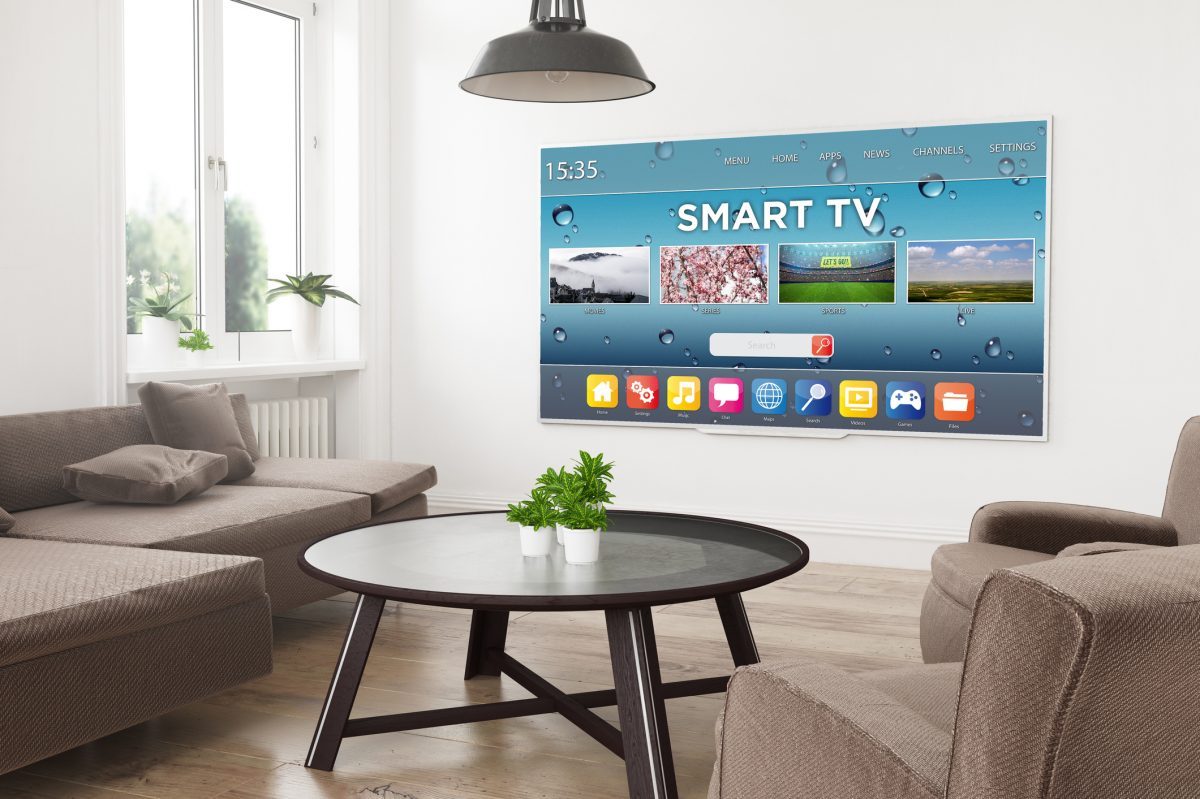We’ve previously provided you with a short list of TV screen terminology, but that was just the beginning. There are many more words you might have heard thrown about when it comes to buying a TV, and with technology moving forward the terms might become mixed up. The following list goes a bit more in-depth into jargon world, so you’re well-informed as to whether a cheap 42 inch TV or a 50 inch TV will suit you best when you’re watching films or playing video games.

3D TV
3D TV provides a more engaging way of watching TV and it requires special 3D glasses to be able to enjoy the full special effects. It makes viewers see images with depth, height, and width, just like with objects in the real world.
Auto 3D has evolved from the “traditional” 3D, and it’s also known as autostereoscopic imaging because it allows for a 3D effect but it doesn’t require the viewer to have 3D glasses. One type of Auto 3D tracks a viewer’s head position, and the other makes use of multiple perspectives of every simple frame so that the viewer can see separate perspectives with each eye.

This is the shape of the screen’s width compared to its height. Most televisions come with an aspect ratio of 16:9, widescreen ratio, as digital TV is broadcast in a widescreen format. Older TVs have an aspect ratio of 4:3, which add black bars on the sides of the images. TVs usually allow for a variety of aspect ratio choices, which cater to different preferences.

The maximum amount of information that can be transferred in a certain amount of time is called bandwidth, and more detailed videos will need more bandwidth. Not every kind of cable can transport a higher bandwidth, so if you go for a 3D TV you will need special cable to withstand the increase in information for high-quality video.

Blu-ray
This technology is designed to be able to display higher definition images and video. It can store large amounts of data and hold up to nine hours of high-definition (HD) video and 23 hours of standard-definition (SD) video. They are recorded in 1080p, which offers more details than 1080i HD.

Contrast Ratio
The difference between how light and how dark the screen can go; a high-contrast ratio means deeper blacks and lighter whites, providing good colours to other gradients. 500:1 is the bare minimum a TV should have.

Digital TV
Digital TV is the transmission of TV signals using a digital method instead of the traditional analogue method. It enables Interactive TV, allowing it to be compatible with the Internet. It has widescreen and high-definition TV, with Dolby Digital sound.

Full HDTV
Ultra HD has an amazing resolution of 3840 x 2160 pixels, but not all TVs come with it; most TVs come with Full HD which provides better image quality than a traditional TV. Full HD provides a resolution of 1920 x 1080 pixels, so if you’re looking for a good cheap 40 inch TV with a nice image Full HD is a great option for you.

Standard TVs don’t allow for much besides watching the broadcast TV, which can be insufficient for the more technology savvy. Interactive TV lets you do more than just change the channel; it lets you choose what to watch, record videos, schedule recordings, and connect to the Internet thanks to digital TV.

Refresh Rate
This relates to the number of times a display is repainted per second, and it’s expressed in Hertz (HZ). Higher rates will mean smoother displays. A 120Hz refresh rate is used in most LCD TVs to reduce motion blur in the image. A 240Hz refresh rate will reduce this blur even more, as it processes and inserts three new video frames for every original frame.
<center<
Response Time
It’s the amount of time a single pixel takes to switch from active to inactive, and it’s measured in milliseconds (ms). A slow response time you might be able to see motion trails in fast-moving objects on-screen. Most LCD TVs have a fast refresh rate of 120HZ or 240Hz, which means that response times aren’t mentioned as much as they used to be.

Resolution
Resolution is the amount of picture detail provided by a display. Digital TV images have a grid of pixels with a fixed number, and even if it receives images with a different resolution it will scale it to fit the display’s pixels. When you multiply the horizontal by the vertical resolutions, you will have the total display resolution, which means that a 1080p screen will have 1920 horizontal pixels by 1080 vertical pixels with a total of 2,073.600 pixels.

Video on-Demand
Video on-Demand has become increasingly popular as technology evolved. It enables you to stream videos on your TV, like with Netflix. And you can either watch them live or download them to watch later.

We hope you’re now feeling more informed on TV jargon and that it comes in handy when choosing your favourite, cheap TV. If you have any questions about what TV would suit you best, contact us on 0121 327 3273 and we’ll happily answer any of your queries!








